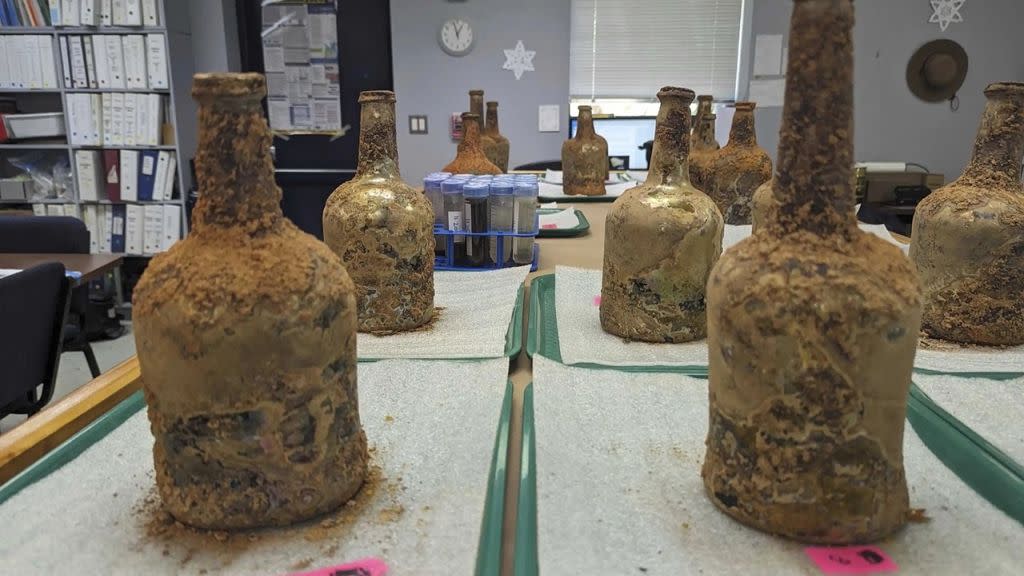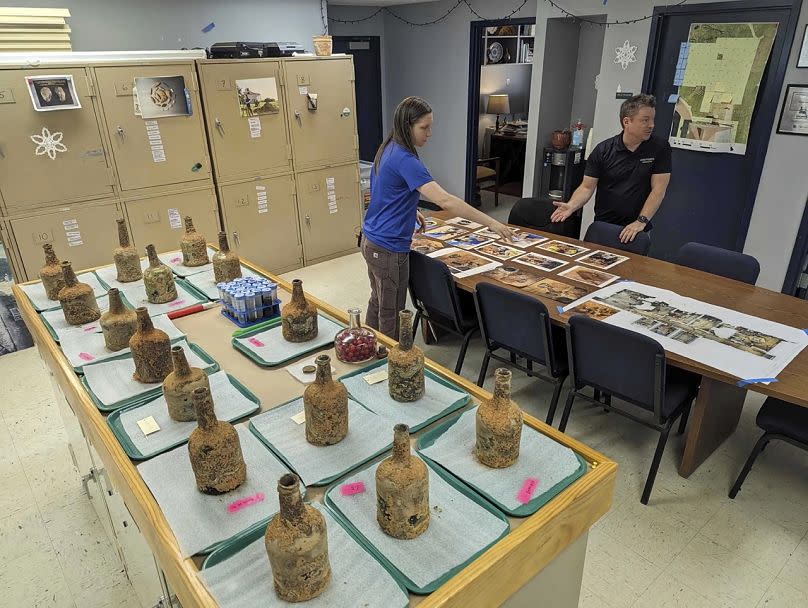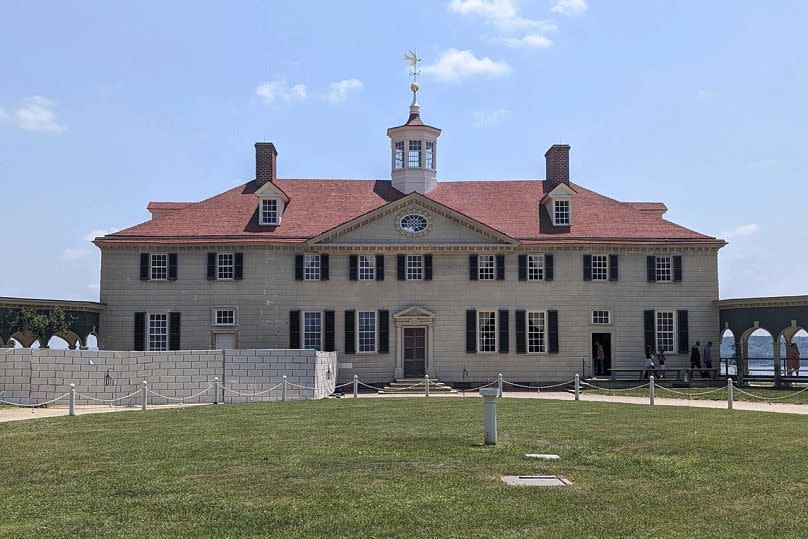18th-century cherries unearthed by archaeologists at George Washington’s Mount Vernon

Archaeologists excavating Mount Vernon, Washington’s mansion on the banks of the Potomac River, discovered dozens of bottles of – seemingly impossibly – preserved cherries and berries.
The 35 bottles – six broken, and 29 intact – were found during a dig related to a restoration project, with the first two bottles discovered back in April and the finds continuing throughout the excavation.
According to Jason Boroughs, Mount Vernon’s principal archaeologist, the discovery of so much perfectly preserved food from so long ago is more or less unprecedented.
“Finding what is essentially fresh fruit, 250 years later, is pretty spectacular,” Boroughs told AP. “All the stars sort of have to align in the right manner for that to happen.”

Although some details of the bottles’ history are still being ironed out, experts say the bottles – found in storage pits in the mansion’s cellar – definitely predate 1775, because that’s when an expansion of the mansion led to the area being covered over with a brick floor.
As for what exactly is inside the bottles, some fruits were easily recognisable as cherries, while the US Department of Agriculture is carrying out DNA testing to confirm whether others might be currants or gooseberries.
There’s also a chance that the cherry pits recovered from the bottles could be planted, although USDA plant geneticist Benjamin Gutierrez admitted that’s “kind of a longshot”, given that most of the samples found at Mount Vernon were waterlogged.
Records at Mount Vernon show that George and Martha Washington had a taste for cherries – at least when mixed with brandy – as Martha Washington’s surviving recipe for a “cherry bounce” cocktail suggests.
Boroughs pointed out that the quality of the preservation is indicative of a high calibre of work on the part of the slaves who ran the plantation’s kitchen. The kitchen was overseen by an enslaved woman named Doll, who came to Mount Vernon in 1758 with Martha Washington, according to the estate.

“The enslaved folks who were taking care of the trees, picking the fruit, working in the kitchen, those would have been the folks that probably would have overseen and done this process,” Boroughs explained. “It’s a highly skilled process. Otherwise they just wouldn’t have survived this way.”
It’s only thanks to a $40 million revitalization project of the mansion – expected to be completed by the USA’s 250th birthday in 2026 – that the preserved fruits were discovered.
“When we do archaeology, it’s destructive,” Boroughs said. “So unless we have a reason to disturb those resources, we tend not to.”
“In this case, because of these needed structural repairs to the mansion, the ground was going to be disturbed. So we looked there first,” he went on. “We didn’t expect to find all this.”
